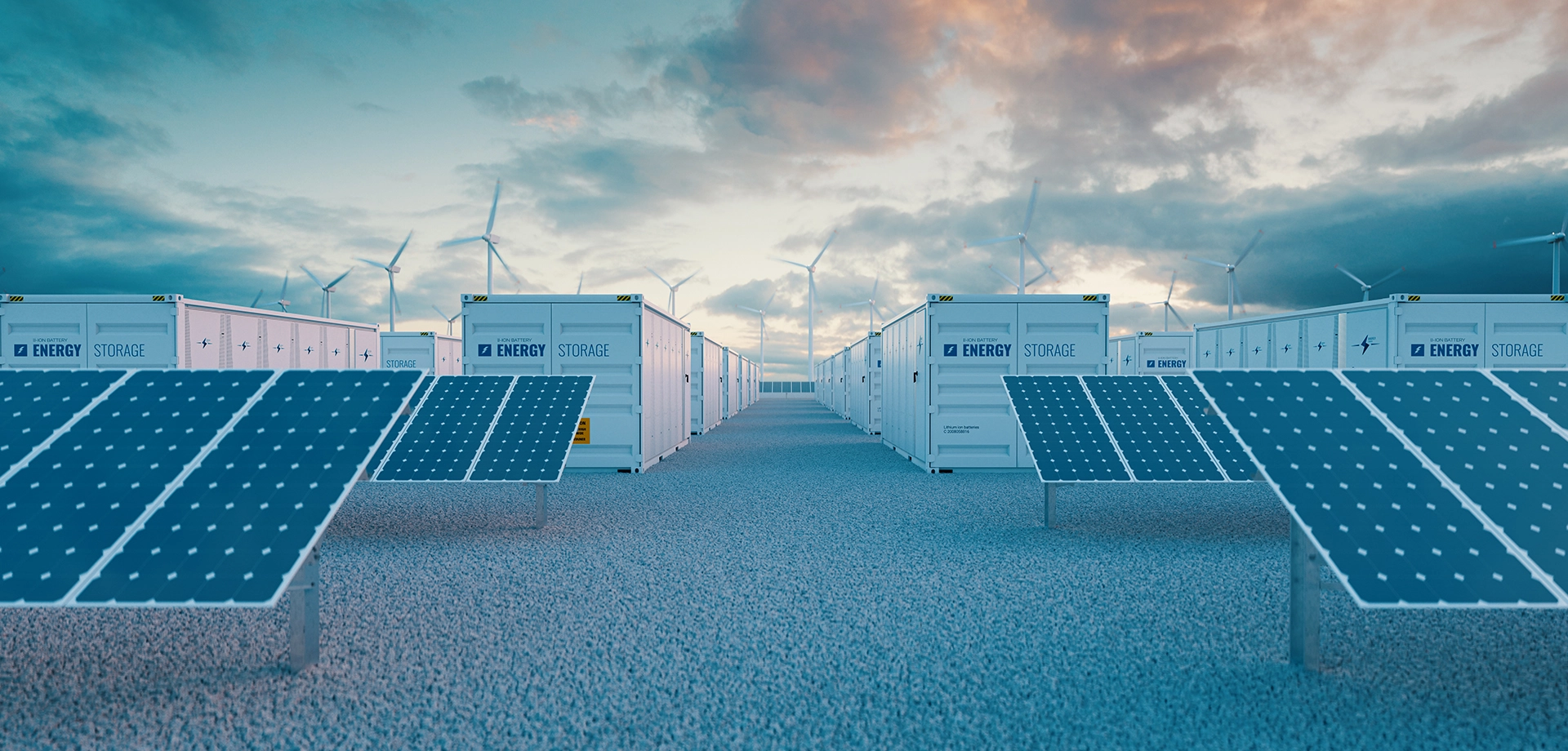The age of utility scale battery storage is here and looks set to stay well into the future. Battery storage projects have seen a sharp uptick in development with an unprecedented number of projects coming online globally in the last two years, and in so doing largely easing market concerns relating to the supply chain issues previously experienced within the market between 2020-2022. While constraints on the battery storage supply chains are still an ever-present consideration and risk to the development of battery storage projects, several key factors are driving an increase in production and an overall reduction in the pricing of components in battery energy storage systems (“BESS”). The chief amongst these is a surge in the manufacturing capacity of battery suppliers, the increase in the supply of lithium, and the development of new, more efficient battery technologies. The causal effect of this being the overwhelming acceptance of the technology and its role in the energy mix, resulting in a boom in the number of BESS facilities being developed.
The beauty of BESS facilities lies in its versatility. Beyond the traditional use of BESS for peak demand periods, BESS provides system operators with grid balancing services, unlocks grid capacity, provides “black start” capabilities and facilitates energy trading through aggregator platforms. It is no surprise why governments around the world have been quick to implement policies supporting the development of new BESS facilities in recent years. With the projected pipeline of projects going forward, it seems likely that BESS equipment suppliers, contractors and developers are each going to have their hands full trying to keep up with this ‘BESS fever’.
The question then becomes: what is the development of these projects going to look like and how best can developers structure their contractual arrangements to maximise their returns amidst this boom in development? This article looks at the current approaches being adopted in the development of BESS facilities; what the adoption of a split-contracting arrangement could look like, as well as the benefits and risks related to a split-contract strategy; and the mechanisms that key project parties could adopt to manage risk.

